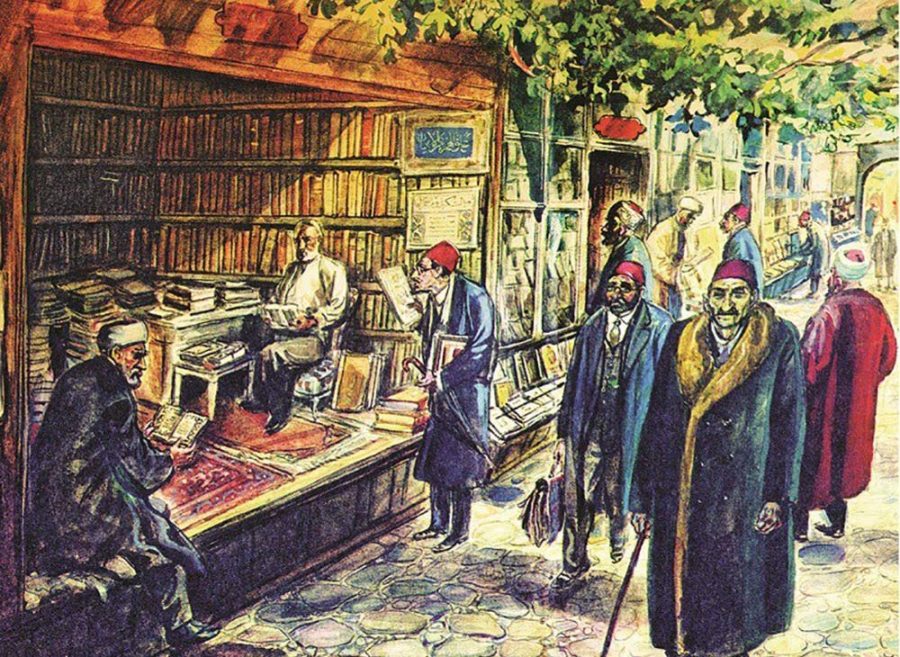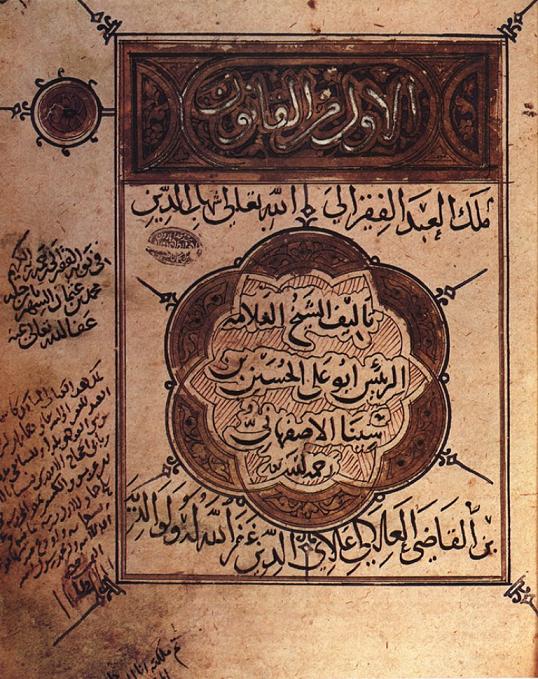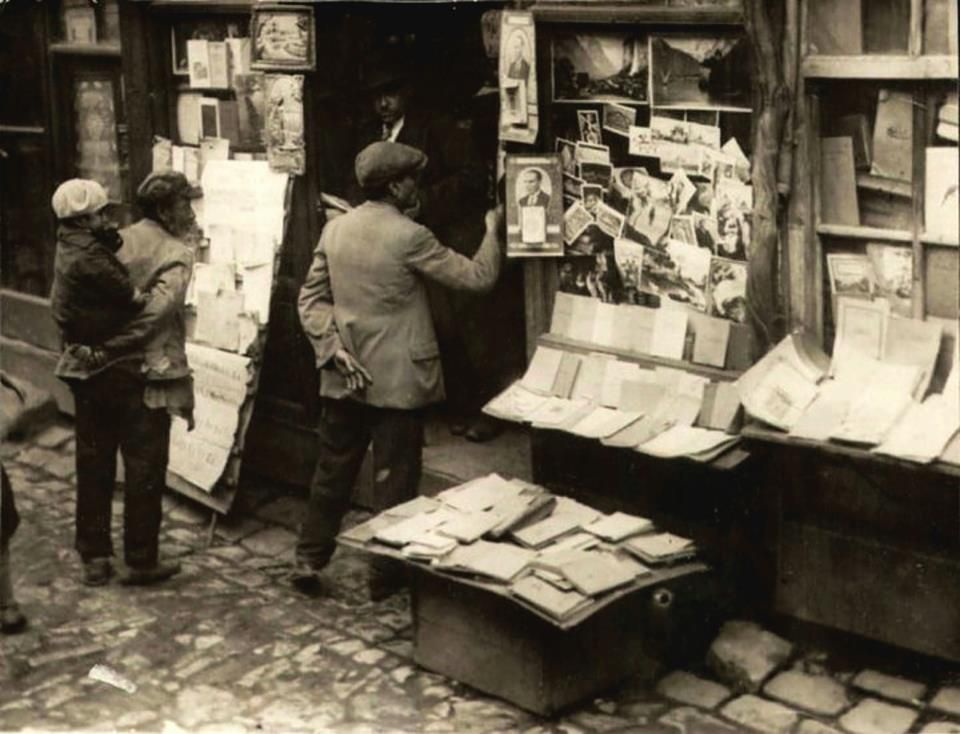
LITTLE KNOWN FACTS ABOUT BOOKSELLING IN THE ISLAMIC WORLD
Did you know that there were bookstores a thousand years ago that served treats and held literary readings? Fikriyat cites little-known facts about the book trade in the Islamic world.
A thousand years ago in the Islamic world, along with public libraries, there were booksellers – Sahafs, whose functions included not only buying and selling. One of the most famous of them was Ibn al-Nadim, who lived in the 10th century. His illustrious bookstore was located on the top floor of a large building. Buyers, getting acquainted with the manuscripts sold here, could taste a treat and exchange impressions with each other.
On average, the Sakhaf kept up to 700 books, and there could have been much more. Al-Fihrist, the catalog of Ibn al-Nadim’s bookstore, included 60,000 manuscripts on a wide variety of topics, including even Chinese. Here were the sacred scriptures of Christians and Jews, the Koran and its interpretations, works on linguistics, history, genealogy, works of poets of the pre-Islamic and Islamic eras, literature of various Islamic movements, biographies of prominent figures of the Muslim world. According to al-Fihrist, works on Greek and Islamic philosophy, mathematics, astronomy, Greek and Islamic medicine, magic, fiction, travel memoirs, fairy tales and much more were also available in Ibn al-Nadim’s store.

Page from al-Fihrist / Source: muslimheritage.com
The manuscripts were divided into different groups based on calligraphic style, paper quality, “calligraphy perfection” and “book perfection”.
The varraks were closely associated with the book trade. This was the name of the representatives of a number of professions associated with the creation of books – paper sellers, writers, translators, book scribes, book sellers, librarians and artists engaged in tezhib – painting with gold paint. Varraqs appeared in the Islamic world shortly after the start of paper production, most likely in Baghdad. With the widespread expansion of the book trade, their number increased exponentially.

Source: pinterest.com
In Morocco, people who bound and sold books were called qutubiyyin (scribes). There was a whole area in Marrakech where they lived with the Sahafs, librarians, scribes and scribes (qatib). There was a street on either side of which there were about a hundred bookstores and libraries. This activity culminated in the time of Caliph Yakub al-Mansur (1160-1199), who patronized culture and art.
According to one historical anecdote, the famous writer Ibn Sakr left his home after the 8-month siege of Marrakesh to buy food for his family, but instead bought books with all the money.
Islamosphere
SOURCE: http://islamosfera.ru/maloizvestnye-fakty-o-knigotorgovle-v-islamskom-mire/

